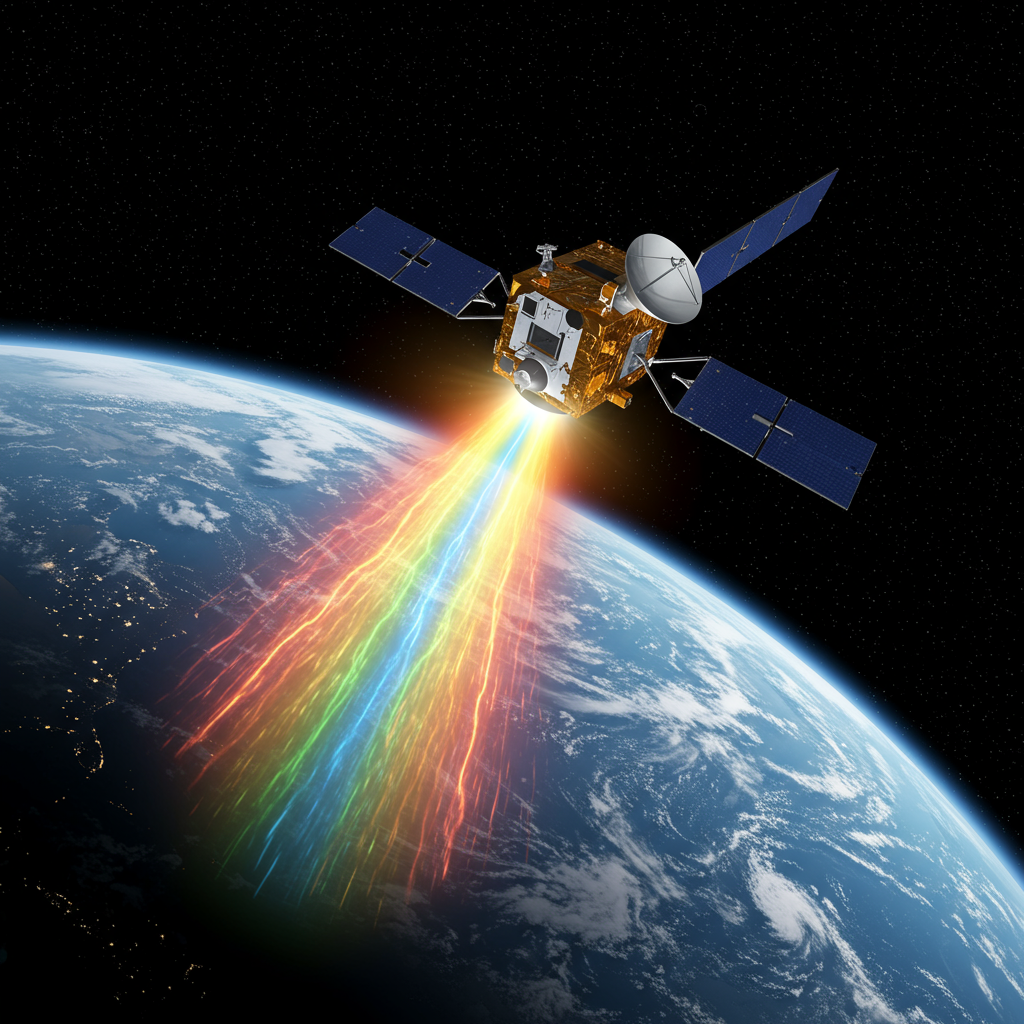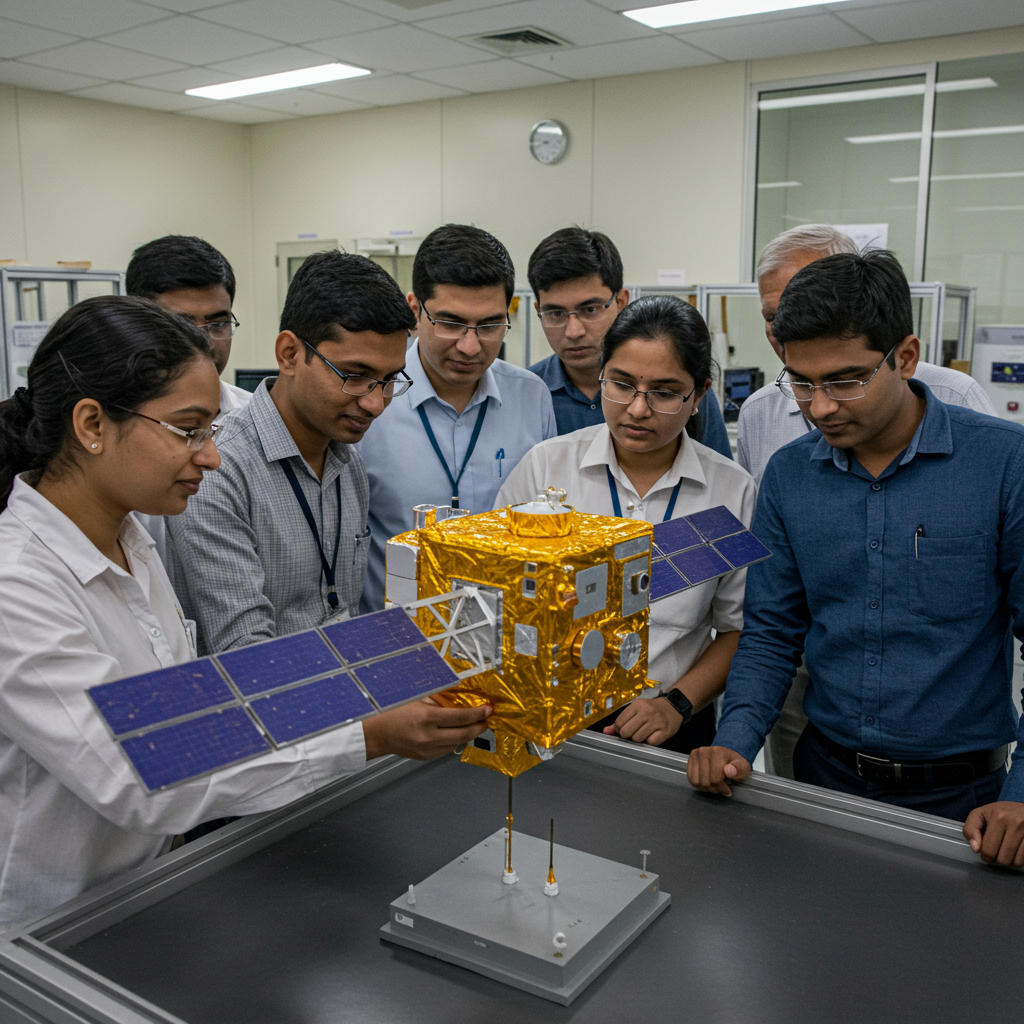Astronomers using NASA’s powerful James Webb Space Telescope (JWST) have peered 60 light-years across the cosmos to observe a planetary system unlike any other. Located around a star called 14 Herculis, this distant system and one of its planets have been described by scientists as “abnormal, chaotic, and strange.”
The observations, made possible by the JWST’s highly sensitive Near-Infrared Camera (NIRCam), focused on one of two known planets orbiting 14 Herculis.
A Frigid Giant Revealed
Named 14 Herculis c, this colossal exoplanet stands out among the thousands discovered so far. While most known exoplanets are intensely hot, 14 Herculis c is one of the most frigid directly observed to date. Weighing in at approximately seven times the mass of Jupiter, this icy giant presents a significant challenge for astronomical imaging.
William Balmer, a graduate student at Johns Hopkins University and co-first author on the paper detailing the discovery, highlighted the significance of this observation. He noted that colder exoplanets are notoriously difficult to detect and image, making Webb’s capability a game-changer. “This is a totally new regime of study that Webb has unlocked with its extreme sensitivity in the infrared,” Balmer stated. Thanks to Webb, the catalog of directly imaged exoplanets is now expanding beyond hot, young worlds to include older, much colder ones.
An “Abnormal” Orbital Dance
Beyond the planet itself, the 14 Herculis system exhibits deeply unusual characteristics. Despite having a central star similar to our Sun, its two known planets don’t orbit in the familiar, roughly aligned paths seen in our own solar system. Instead, their orbits cross near the star in what can be visualized as an “X” formation. As they loop through space, these massive worlds exert strong gravitational pulls on each other, creating a dynamic, chaotic environment.
This peculiar misalignment of orbits is the first instance known to have been captured directly in astronomical images. The bizarre appearance and orbital dynamics have prompted scientists to propose various theories for how the system came to be this way. One leading possibility suggests that the system may have originally hosted a third planet which was violently ejected early in its formation.
A “Planetary Crime Scene”
Balmer used a compelling analogy to describe the system’s state, referring to it as the aftermath of a “planetary crime scene.” He drew a parallel to our own solar system’s early evolution, where the gravitational forces of gas giants like Jupiter and Saturn played a crucial role in shaping the arrangement of planets and even ejecting smaller bodies like asteroids.
“Here, we are seeing the aftermath of a more violent planetary crime scene,” Balmer explained. “It reminds us that something similar could have happened to our own solar system, and that the outcomes for small planets like Earth are often dictated by much larger forces.”
New Insights into the Cold World
Fortunately, the wealth of data provided by the JWST is offering unprecedented insights into 14 Herculis c’s properties. Webb helped determine its distance from the host star (about 1.4 billion miles) and the nature of its highly elongated elliptical orbit, which stretches to roughly 15 times the Earth-Sun distance.
Using Webb’s coronagraph instrument, astronomers measured the planet’s brightness at around 4.4 microns. This specific measurement suggests unique processes are at play within its atmosphere. Co-first author Daniella C. Bardalez Gagliuffi noted that, given the planet’s estimated age of about 4 billion years and the lack of a nearby heat source, it would have cooled significantly. This allows scientists to predict its likely current temperature.
However, the observed brightness is fainter than what standard models predict for an object of its age and mass.
Mysterious Chemistry
This discrepancy in brightness points to unusual atmospheric chemistry, possibly involving carbon disequilibrium. This phenomenon has primarily been observed in objects like brown dwarfs – “failed stars” or super-massive gas giants that straddle the line between planet and star.
Gagliuffi explained that the frigid temperature of 14 Herculis c makes comparisons to brown dwarfs particularly apt. In both cases, observations reveal carbon dioxide and carbon monoxide present at temperatures where methane is typically expected to dominate. This unexpected chemical balance is attributed to atmospheric churning, where molecules formed in warmer, lower atmospheric layers are rapidly transported to the colder, upper atmosphere.
The research team is eager to conduct further investigations into this strange system. They plan to utilize JWST’s advanced instrumentation for future spectroscopic studies and other observations, hoping to unlock more secrets about the bizarre nature of 14 Herculis and its unique planetary inhabitants.
The team’s findings have been accepted for publication in The Astrophysical Journal Letters and were recently presented at the 246th meeting of the American Astronomical Society.




